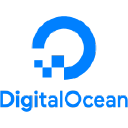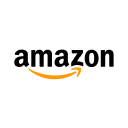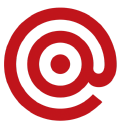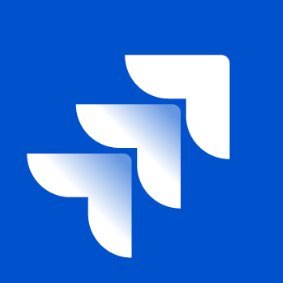I Turned My Side Project Into A $90K/Year SaaS To Help You Focus
Hello! Who are you and what business did you start?
My name is Ben Bozzay and I'm the founder of Tech Lockdown, a platform that helps adults be more intentional with their internet use. The main offering is DNS Filtering services, which allow users to set a content policy that determines what is blocked, when it is blocked, and who it is blocked for.
In contrast with a parental control service, our target customers are adults who want to set up guardrails for their own internet use. Unlike digital wellbeing and screen time tools, we focus on adding a good bit of friction getting around these guardrails. Now, with an MRR of around $7,500 and 50,000 website visitors each month, I've been able to focus on Tech Lockdown full-time.

What's your backstory and how did you come up with the idea?
As a self-taught...

Download the report and join our email newsletter packed with business ideas and money-making opportunities, backed by real-life case studies.

Download the report and join our email newsletter packed with business ideas and money-making opportunities, backed by real-life case studies.

Download the report and join our email newsletter packed with business ideas and money-making opportunities, backed by real-life case studies.

Download the report and join our email newsletter packed with business ideas and money-making opportunities, backed by real-life case studies.

Download the report and join our email newsletter packed with business ideas and money-making opportunities, backed by real-life case studies.

Download the report and join our email newsletter packed with business ideas and money-making opportunities, backed by real-life case studies.

Download the report and join our email newsletter packed with business ideas and money-making opportunities, backed by real-life case studies.

Download the report and join our email newsletter packed with business ideas and money-making opportunities, backed by real-life case studies.






























